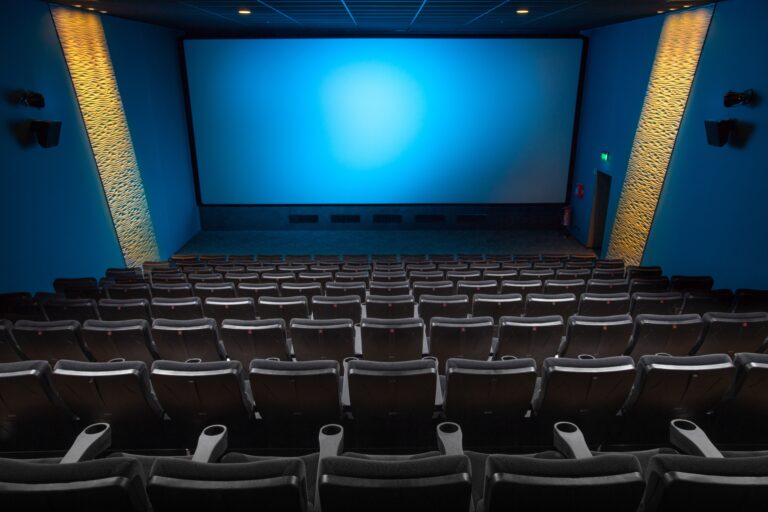The landscape of Pakistani cinema has witnessed significant transformations over the decades, particularly in the representation of women. From the early days of black-and-white films to the vibrant narratives of today, the portrayal of female characters has evolved, reflecting societal changes, cultural shifts, and the growing influence of women filmmakers. This blog explores the depiction of women in Pakistani cinema, highlighting key milestones, challenges, and the promising future of female representation on screen.
Historical Context
Pakistani cinema, since its inception in the 1950s, has mirrored the societal norms and values of its time. In the early years, female characters were often depicted in stereotypical roles—damsels in distress or obedient wives, reinforcing traditional gender roles. The iconic film “Hawaian” (1967) showcased such representations, where women were primarily seen as objects of desire or symbols of family honor.
As the 1980s and 1990s rolled in, the emergence of the “Lollywood” era brought with it a mix of commercialism and melodrama. Female characters began to exhibit a wider range of emotions, but they still often fell victim to clichés, with storylines revolving around love triangles, sacrifice, and moral dilemmas. Despite this, films like “Baazi” (1984) and “Saza” (1992) did offer glimpses of more complex female protagonists.
Shifting Narratives in the 21st Century
The turn of the millennium marked a turning point for women in Pakistani cinema. The advent of new filmmakers and a more globalized perspective opened the door for diverse storytelling. Female characters began to take center stage, embodying strength, resilience, and individuality.
Films like “Khuda Kay Liye” (2007) and “Bol” (2011) introduced powerful female characters who challenged societal norms. In “Khuda Kay Liye,” the character of Meena defies patriarchal expectations, seeking education and autonomy, while “Bol” tells the story of a woman grappling with familial pressures and societal expectations, showcasing her fight for agency.
Moreover, the rise of independent cinema has provided a platform for more nuanced portrayals of women. Filmmakers like Sabiha Sumar and Sharmeen Obaid-Chinoy have created thought-provoking narratives that challenge stereotypes and highlight women’s issues. Obaid-Chinoy’s documentary “Saving Face” (2012), which addresses acid violence against women, received international acclaim and brought critical attention to women’s rights in Pakistan.
The Role of Women Filmmakers
The emergence of female filmmakers in Pakistan has been instrumental in reshaping narratives. Women like Sabiha Sumar, Mehreen Jabbar, and others have not only directed films but have also written and produced content that reflects their unique perspectives. Their contributions have played a crucial role in diversifying the portrayal of women, moving beyond traditional archetypes to explore the complexities of female identity.
For instance, Mehreen Jabbar’s film “Dukhtar” (2014) follows the journey of a mother who flees with her daughter to escape an arranged marriage, showcasing themes of empowerment and maternal love. This shift towards more authentic storytelling highlights the importance of female voices in an industry historically dominated by men.
Challenges and Barriers
Despite the progress, challenges remain in the representation of women in Pakistani cinema. The industry still grapples with deeply entrenched societal norms and censorship issues. Female characters often face scrutiny regarding their attire, behavior, and roles, reflecting the conservative values prevalent in society.
Moreover, the commercial pressures of the film industry can lead to the perpetuation of stereotypes. Films that prioritize commercial success may resort to objectification or formulaic storytelling, sidelining more authentic narratives that explore women’s experiences.
Emerging Trends and Future Prospects
The future of women’s representation in Pakistani cinema looks promising, thanks to a growing awareness and demand for more inclusive narratives. The rise of digital platforms has provided independent filmmakers with new avenues to showcase their work, reaching audiences beyond traditional cinema. This democratization of storytelling is fostering a new wave of films that reflect diverse experiences.
Initiatives like the Women’s Media Center in Pakistan are also promoting female filmmakers and encouraging the development of female-centric stories. By providing training, resources, and platforms, these organizations are empowering women to tell their stories, thereby enriching the cinematic landscape.
Conclusion
The representation of women in Pakistani cinema has undergone a remarkable transformation, reflecting broader societal changes and the impact of female filmmakers. While challenges persist, the evolving narratives and increased visibility of strong, complex female characters signal a positive shift towards more authentic portrayals.
As audiences continue to demand stories that resonate with their experiences, the film industry must embrace this change, prioritizing diverse narratives that celebrate women’s strength, resilience, and individuality. By doing so, Pakistani cinema can not only honor its past but also pave the way for a more inclusive and equitable future.
In the words of the celebrated filmmaker Sharmeen Obaid-Chinoy, “The stories we tell are a reflection of who we are.” As Pakistani cinema progresses, it is essential to ensure that the stories of women are not only told but celebrated, empowering future generations to dream beyond boundaries.

